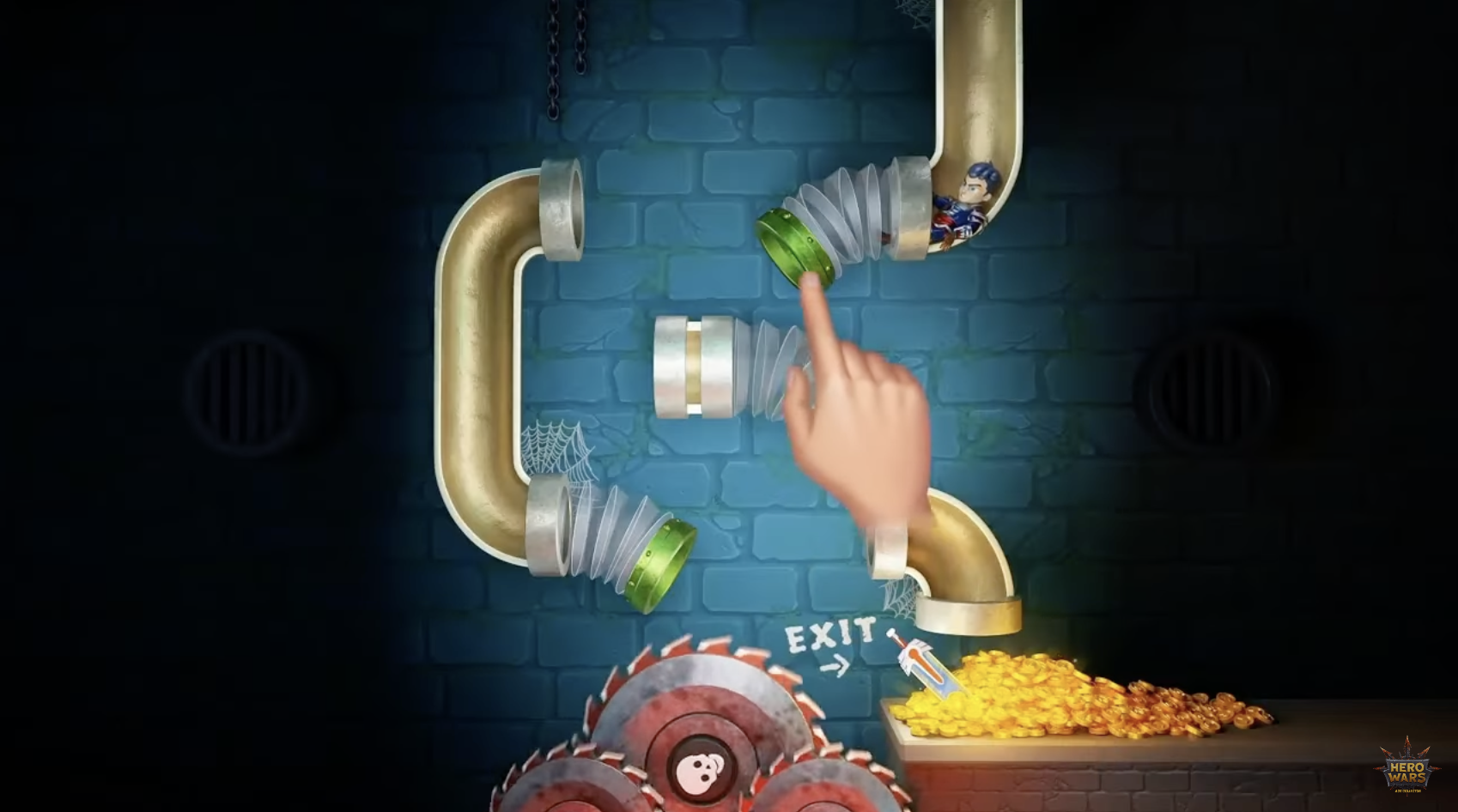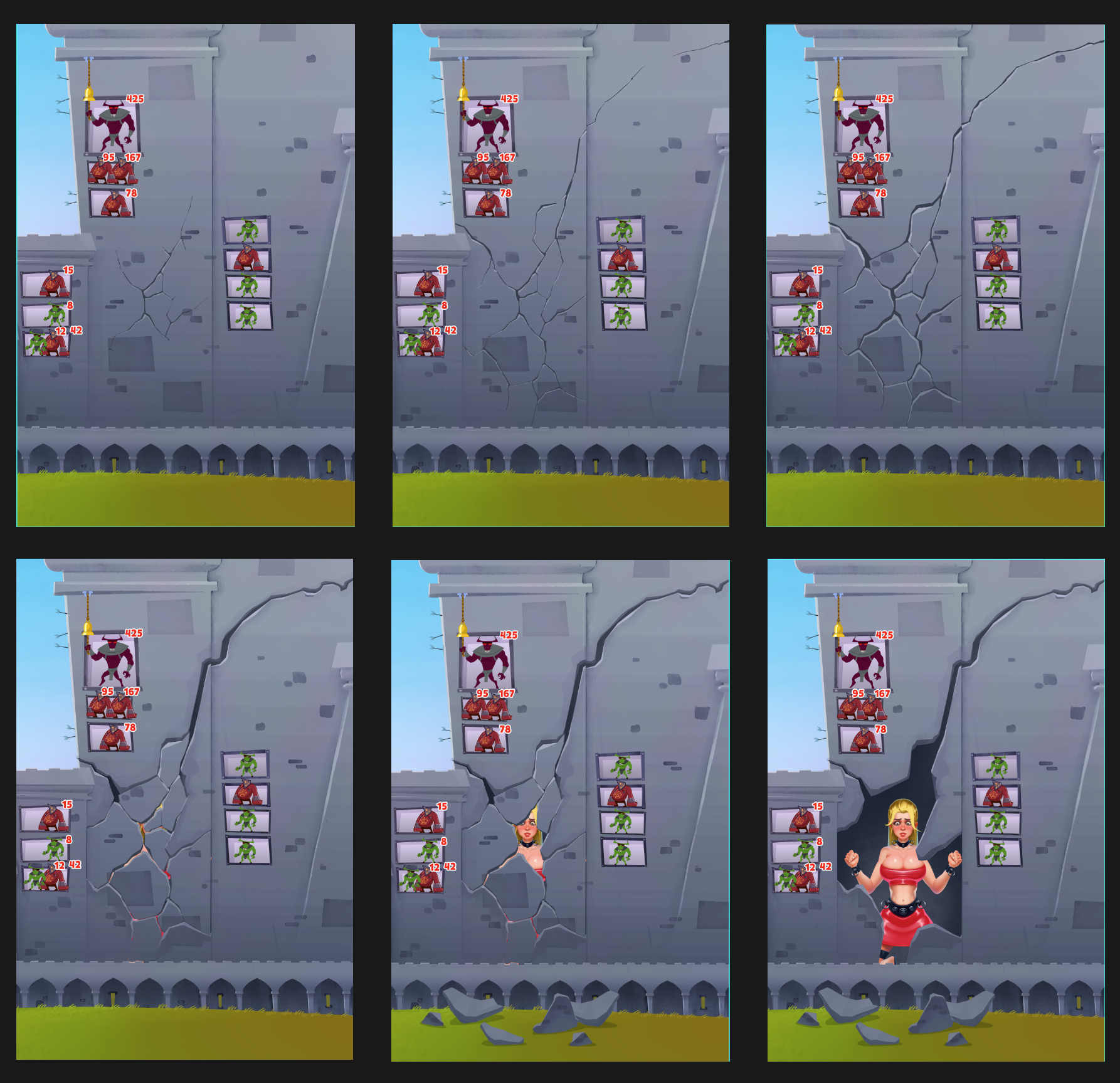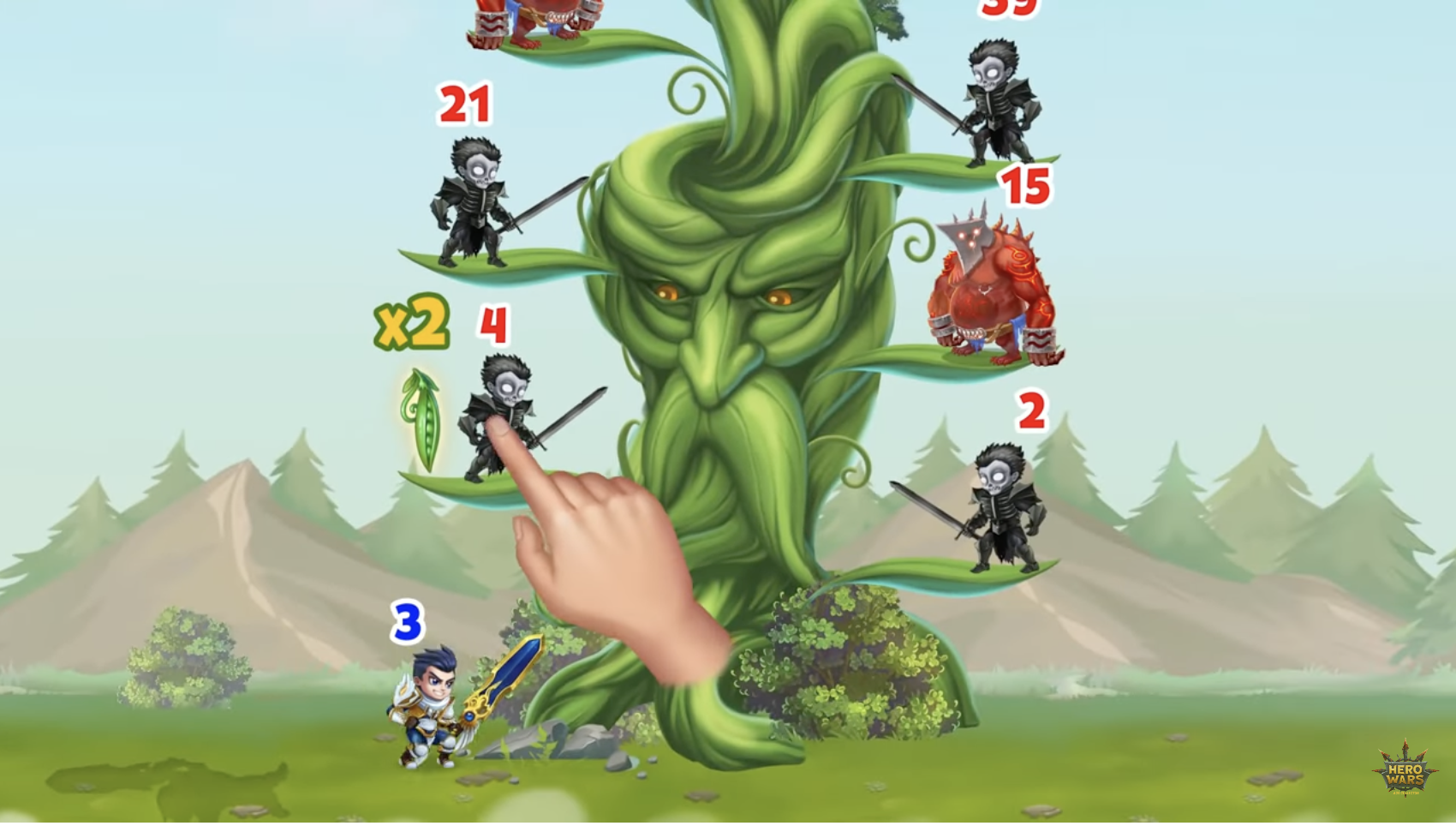A new term in mobile marketing is advertising of non—core gameplay
Nexters suggests calling creatives, in which funny mini-games are shown instead of core mechanics, an advertisement for non-basic gameplay. What is the reason for this, — Anton Yakovlev, CMO of the company, told in his column.
Anton Yakovlev
In recent years, the concept of “mislids” (misleading advertising) has often been used in relation to advertising mobile games.
Players complained that promoting banners and videos do not reflect the real gameplay, deceive expectations.
We at Nexters believe that the market situation has changed now. First of all, because the games themselves have changed. They have all those mechanics that are familiar to players from advertising.
For this reason, the statement that such mobile advertising does not reflect the gaming experience has become incorrect. Rather, today it is worth talking about the widespread “advertising of non-core gameplay”. We’ll talk about it.
Basic approaches to advertising creatives
There are two main approaches to advertising creatives when it comes to promoting mobile games.
The first approach is to use ads that demonstrate the gameplay exactly as it looks in the game. This type of advertising has a low conversion rate both in other applications and in social networks.
Why?
We live in an era when bright, catchy and fast content wins. Short ads up to 30 seconds long are the main means of attracting users.
The problem is that during this time it can be difficult to “hook” a wide audience with gameplay. Especially if we are talking about some kind of midcore or even hardcore strategy, where the picture is static and full of interface windows and tables.
For this reason, everyone who seeks to attract an audience with the help of the main gameplay eventually comes to embellish it somehow (with the help of bright effects, adapting graphics to advertising, cinematics, and so on).
The second approach is advertising non—core gameplay, which was initially considered misleading, since at the time of its appearance it showed images, mechanics and stories that could not be present in the game.
From the very beginning, such advertising primarily worked to retain attention. Its essence was that the gameplay shown in the video evoked emotions in the viewer, followed by a desire to learn more about the game.
History
Nexters was the first company to resort to using such advertising.
In 2014, we were looking for the most effective marketing methods to reduce the cost of attracting users. During numerous tests (almost a thousand creatives were prepared in total) we found a very high conversion rate for videos with certain types of mechanics (relative to other types of videos).
At that moment we were launching our game in the genre of Expedition Island Experiment. Accordingly, we built her advertising campaign as the next stage of the experiment on a new approach at that time.
The results were as follows:
- the cost of attracting new users has decreased 4-5 times for us;
- it turned out that the retention of the audience attracted by the advertising of non-core gameplay is 5-10% (versus 20-30% of the audience attracted by the advertising of gameplay).
However, we considered the experiment successful and since 2014 the use of such creatives has been the main marketing strategy of the company.
Community reaction
Despite the fact that the approach from the point of view of business justified itself, the reaction of the gaming community was negative. Users complained that the ads deceived their expectations and lowered ratings.
Actually, the critical perception of videos with mini-games or short humorous plots led to the fact that they began to be called mislids.
Adding mini-games and heroes from advertising creatives directly to the product was just a response to criticism. Initially, by the way, they were added very carefully, dosed, but today these mechanics are becoming more and more deeply integrated into games.
As a result, we got satisfied players who can spend time both for the mechanics that hooked them, and for the main gameplay. Ratings, respectively, also went up.
Therefore, as I have already noted above, it seems fair to abandon the practice of calling such advertising misleading. It shows real gameplay, even if it is not the main one for a particular title.
By the way, we recently conducted a survey of players on the topic of such advertising. Half of the respondents stated: the decision on whether to continue playing or not, she makes, based on how interesting the game itself is, and not on which banner the transition was made to it.
Observations on the advertising market of non-core gameplay
- Creatives must take into account the target audience of the product in order to engage it emotionally. For example, Island Experiment was designed mainly for a female audience, so in the creatives we focused on the fact that children on the island are in danger, that players need to save them.
- Advertising of non-core gameplay is cyclical. It is impossible to find concepts with a high percentage of purchases often. Therefore, we regularly have to return to the old solutions.
- We have never tried to classify ads for non-core gameplay, we have always considered this advertising a free field for creativity.
- The less limited you are in your ideas about what can and cannot be an advertisement for non-core gameplay, the more effective it will be.
- Many companies copy each other’s creatives. It works. However, the effectiveness of common approaches is significantly lower than that of fresh concepts.
- Since 2014, all advertising platforms declare every quarter that such advertising will not work. But it is still effective.




